
Netflix will release the third season of its prideful series “Heartstopper” this upcoming October. As fans and critics eagerly wait to see their beloved cast on screen once more, let’s evaluate the show’s inclusivity and express some hopes for season three.
“Heartstopper” is based on the webcomic by Alice Oseman that places LGBTQ+ youth at the forefront and takes place in Kent, England. The main premise revolves around an openly gay teenager, Charlie, who develops feelings for a rugby jock, Nick, who turns out to be bisexual; as it happens, both characters are white.
Queer representation is the core of the show, featuring lesbian couples, an asexual and aromantic character and queer people of color (POC) — notably the young Black transgender woman Elle.
Through nuanced storytelling techniques such as delicate animations and flashbacks, the show delves into the traumas, queer experiences and personal conflicts of characters like Charlie and Nick. While this approach is a rare feat in recent media portrayals of the queer experience, the “show-don’t-tell” rule is often ignored when exploring Elle’s story. As a result, Elle is reduced to a mere token of transgender representation and the show lacks a fully developed, intersectional portrayal of a queer POC.
The audience first meets Elle through Tao (the show’s only Asian character until Sahar is introduced in season two), who explains in episode one of season one how a teacher at their school profusely deadnamed Elle, resulting in her transfer to Higgs — an all-girls private school. This scene initially sets the stage for exploration of Elle’s character, as well as themes related to the transgender identity and discrimination endured by the community; however, these experiences are glossed over and never expanded upon throughout the rest of season one.
Unfortunately, this isn’t the only scene where the audience gets a glimpse of Elle’s story, only to be left hanging.
In episode four of season one, Charlie’s friends travel to Truham, an all-boys school, to watch him play his first rugby game. While standing on the sidelines, Elle admonishes Tao, expressing her frustration about risking encounters with past bullies. However, Elle is met with Tao’s pessimistic outlook on the future of their friend group. In this scene, Elle’s previous experiences with bullying and gender dysphoria struggles due to Truham school’s hair length restrictions are condensed into just a few brief sentences, receiving limited attention or exploration.
However, scenes depicting Charlie’s experiences with bullying are recurring and consistent, gradually developing in complexity as the series unfolds. The show effectively uses animation to elucidate Charlie’s deeper and more intricate emotions that carry hints of trauma.
The animations often portray Charlie towered by white chalk figures of boys with intimidatingly large teeth, which serve as haunting reminders of the bullies who inflicted emotional harm upon him in the past and continue to linger in the present. The animations aim to persuade the audience on how to feel about the scene playing out on the screen, as they hold “clarity and immediacy.”
Even though the depth of Elle’s character is enhanced with her dream of attending an eclectic art school, her sole identity as a transgender woman still dominates her portrayal.
In episode two of season two, Elle meets Naomi, a white transgender woman, at the Lambert School of Art’s open house. Naomi expresses her desire to be seen as an individual, not solely defined by her transgender identity. Elle’s response is ambiguous; she merely nods. This is another instance where the audience is “told” and not “shown” Elle’s story, relegating her character to a somewhat token representation of a transgender individual as she fails to authentically portray what it means to be a Black transgender woman.
It’s important to note that the show mainly focuses on each characters’ queerness, even when they are POC; this perpetuates the false notion that regardless of race, queer experiences are relatively the same.
Regarding LGBTQ+ POC, “the intersection of multiple forms of social statuses that experience oppression are their experiences with discrimination.” LGBTQ+ youth of color (YOC) often “downplay their sexual orientations,” and the process of self-acceptance involves navigating cultural expectations of masculinity and femininity that are prevalent in marginalized ethnic and racial communities.
The intricacies of being an LGBTQ+ POC, especially Elle’s experience as a young Black transgender woman in “Heartstopper,” are minimized in favor of mainly portraying the white cisgender male characters’ struggles, thus erasing the identities of multiple marginalized people in the show.
Despite the negligent development of Elle’s experience as a Black transgender woman, “Heartstopper” has been consistently praised for its queer representation since its debut in 2022.
James Kleinmann, editor of The Queer Review, said the focus of the show “shifts smoothly to devoting time to all of the surrounding characters and their storylines never feel tagged on or tokenized.”
While this may be the case for characters like Darcy, especially in season two where the show explores familial dynamics that are unaccepting of queer identities, the show continues to only add complexity to its white characters’ storylines. A striking example of this is when rather than adding depth to characters from the original main cast like Elle or Tara, who is a Black lesbian character, the seemingly straight white side character Imogen becomes part of the main group and is provided a fleshed-out story.
An argument for the show’s lack of intersectional queer portrayals could be that Oseman, the creator of the series, isn’t qualified to delve into the lived experiences of LGBTQ+ YOC characters due to her whiteness; however, she has a valuable connection to experiences from real-life LGBTQ+ YOC, such as Yasmin Finney, who portrays Elle, with whom she can collaborate to accurately write authentic representation.
Autostraddle writer Drew Burnett Gregory interprets Elle’s character as one-dimensional due to the lack “of specificities to the way she moves through the world as a [Black] trans girl,” but still commends the show for her presence.
While “Heartstopper” doesn’t explore the POC characters through lenses beyond their queer identities, the show still works to normalize the LGBTQ+ community and joyfully depict them compared to the overall negative arch that affects queer representation in the media.
The show is neither bad nor transphobic — it’s simply guilty of shying away from tackling real issues transgender POC face while openly addressing other LGBTQ+ issues such as questioning one’s identity and coming out.
By skimming over Elle’s queer struggles, the audience can never get to fully know her character and there won’t be a big pay-off to see her growth, effectively minimizing her potential to represent transgender YOC accurately.
The absence of intersectional narratives for characters like Tara and Elle denotes a missed opportunity for “Heartstopper” to achieve its full potential as a significant piece of queer representation in the media, and character nuance should definitely be employed for season three.















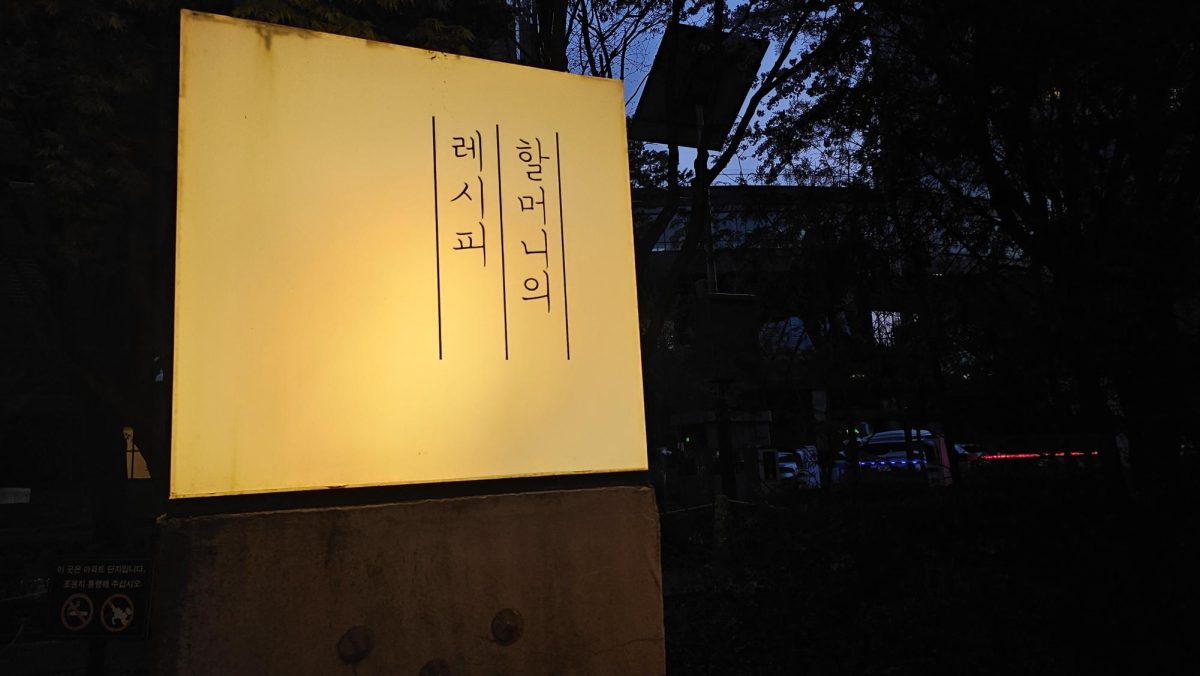
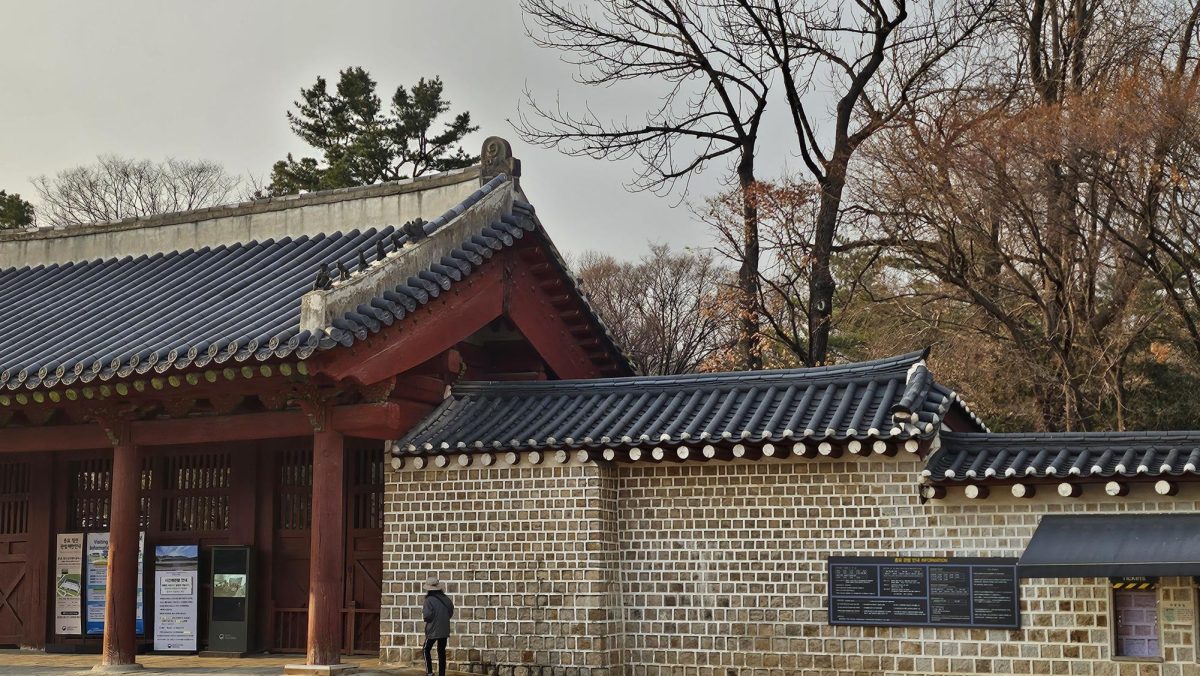
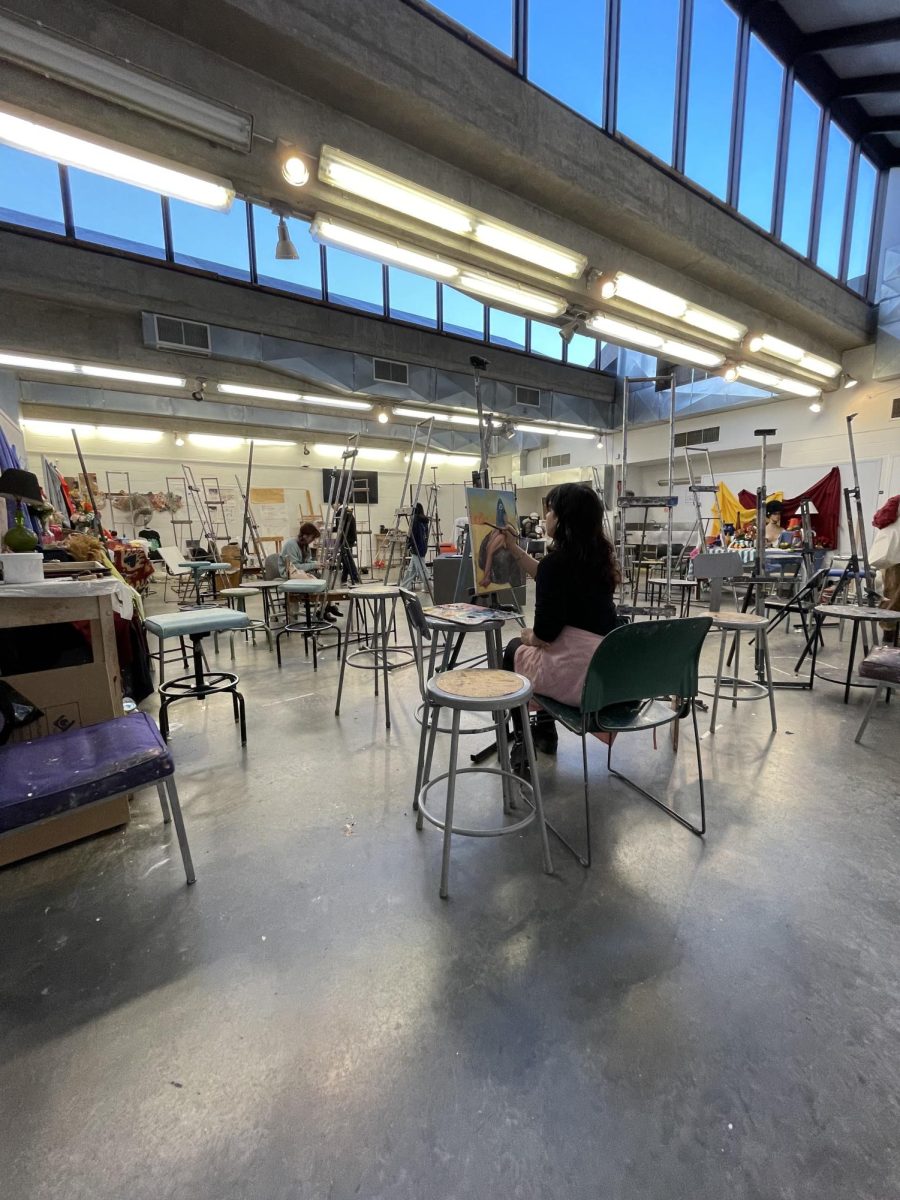
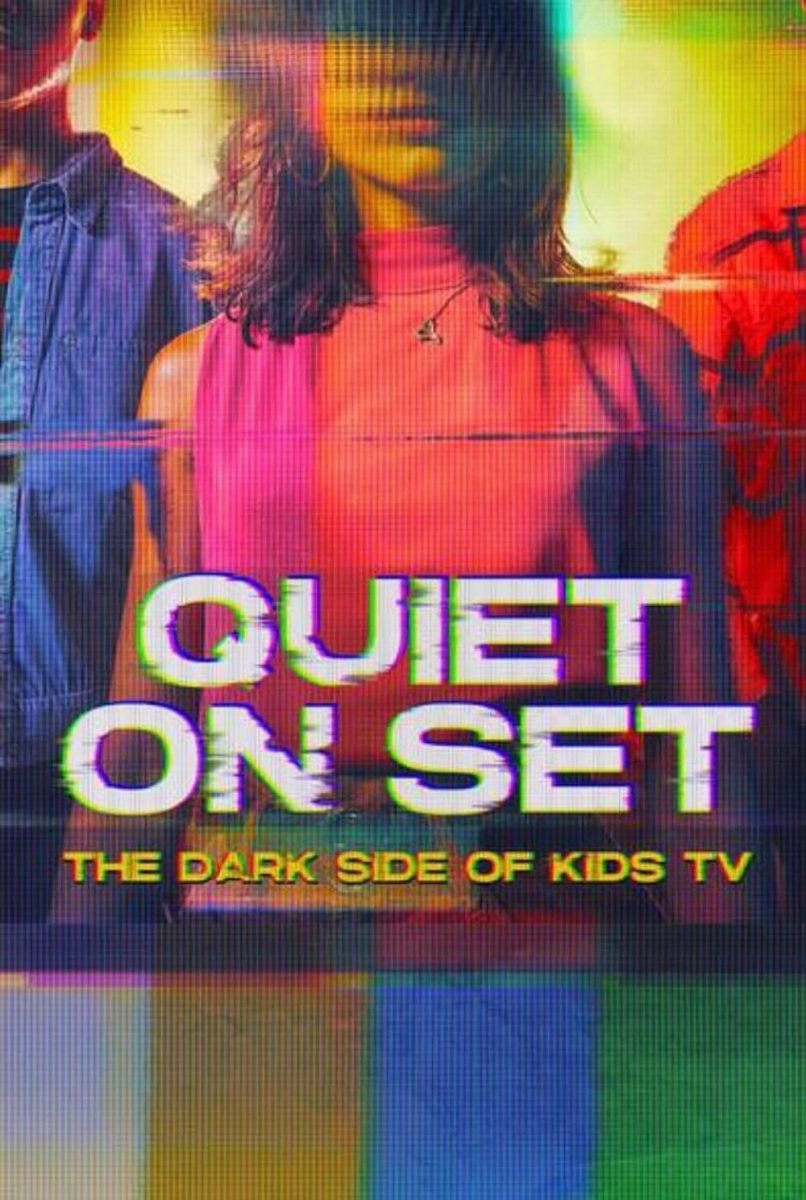
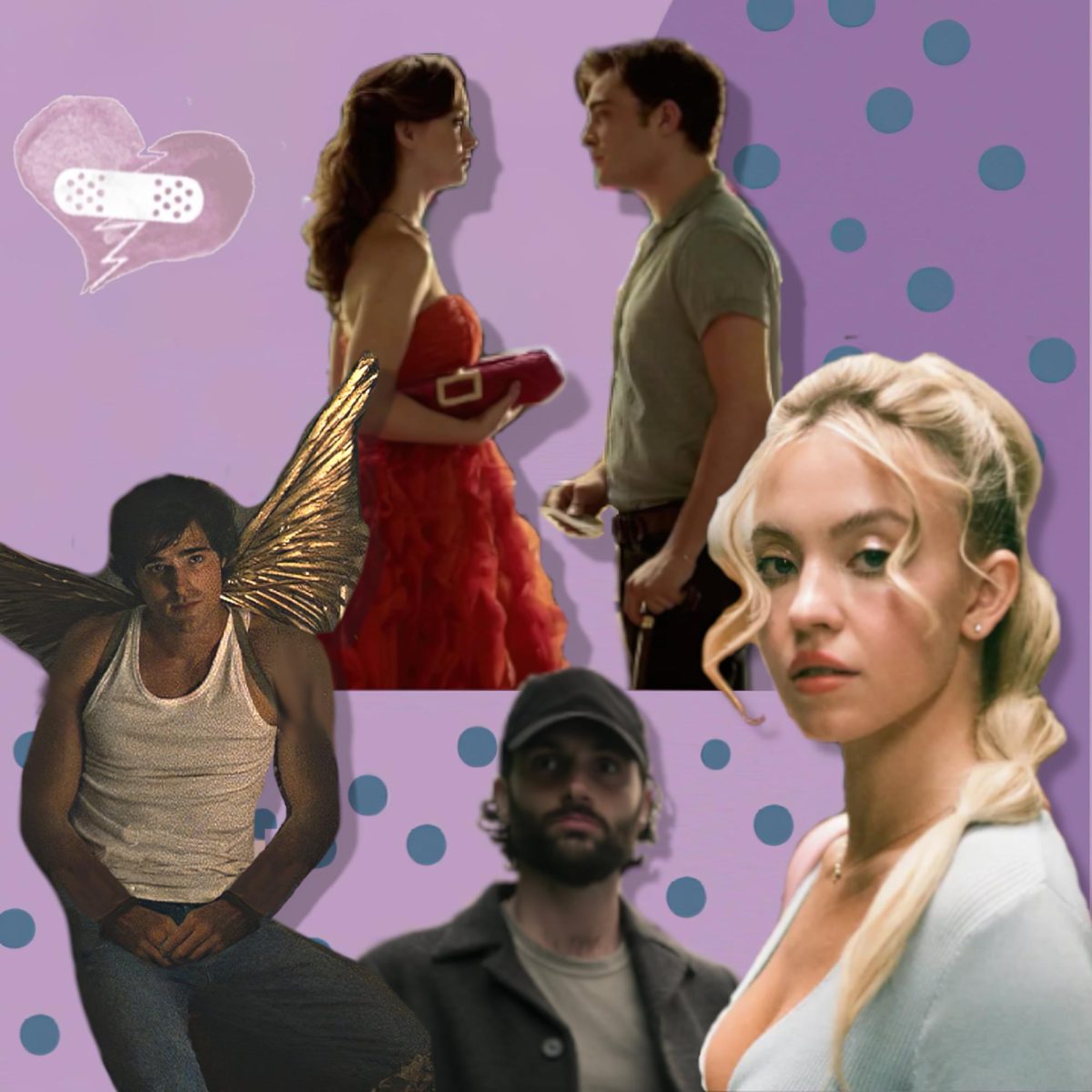


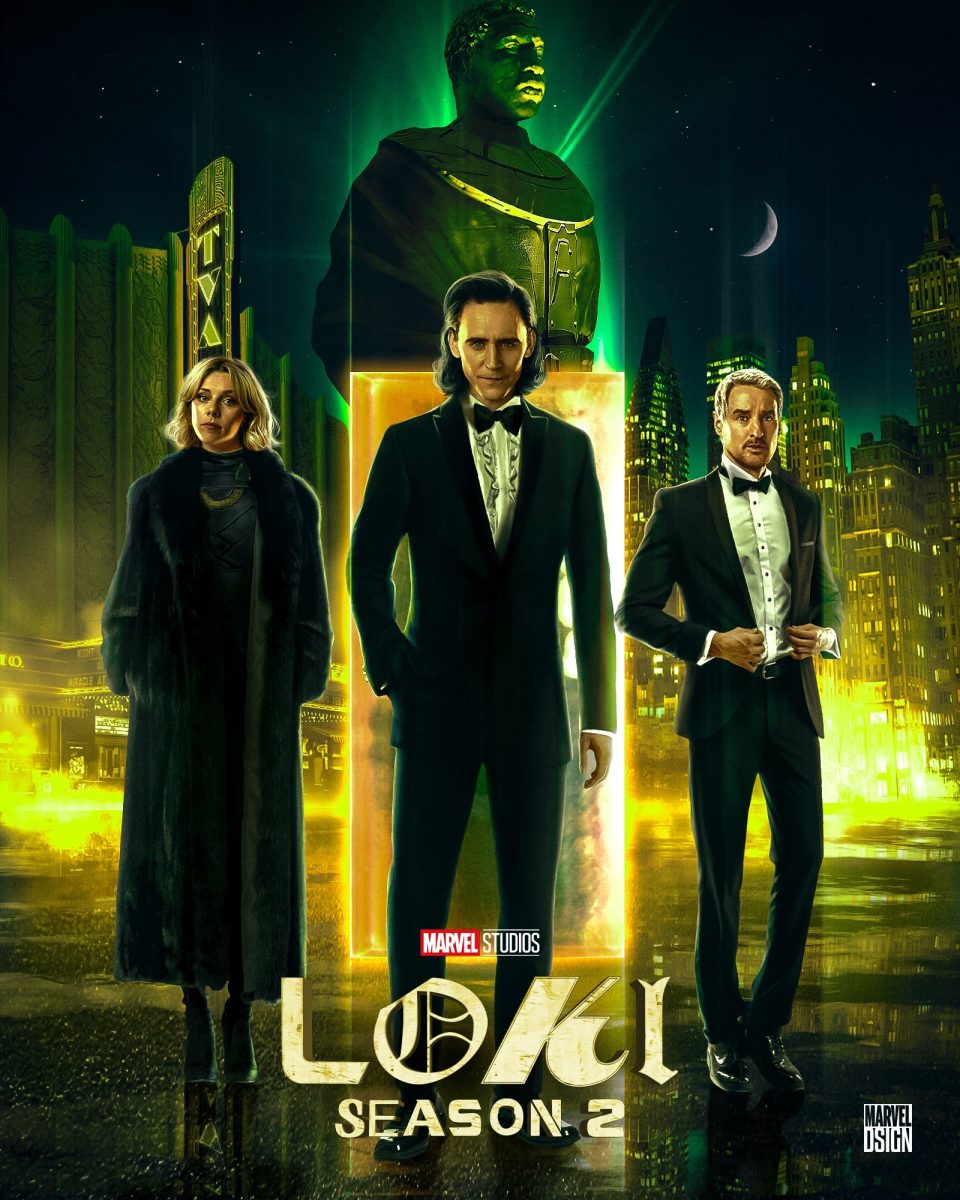
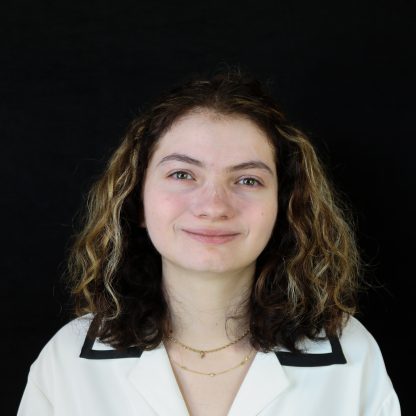

Tim Fogarty • Apr 7, 2024 at 3:24 am
Hicks is not a private school – it’s a Grammar School. Aren’t journalists – even student ones – supposed to do their research?
Rob • Apr 5, 2024 at 3:53 pm
Meh. You sound very privileged.
Heartstopper is entertainment, not a documentary. Elle is a supporting character and is very well developed. She’s a great example of embracing one’s true self and succeeding at life. We get plenty of glimpses into her experiences. The audience doesn’t need an itemization of every struggle each character has experience in their entire lives.
JD Phillips • Apr 5, 2024 at 11:23 am
The show isn’t about Elle. She is a peripheral character. The show’s about Charlie and Nick. That’s why it goes deep on Charlie’s bullying and not Elle’s. Writing a book or tv series is art, not a box checking exercise on inclusivity. Why do trans activists and their allies always think everything needs to revolve around them?